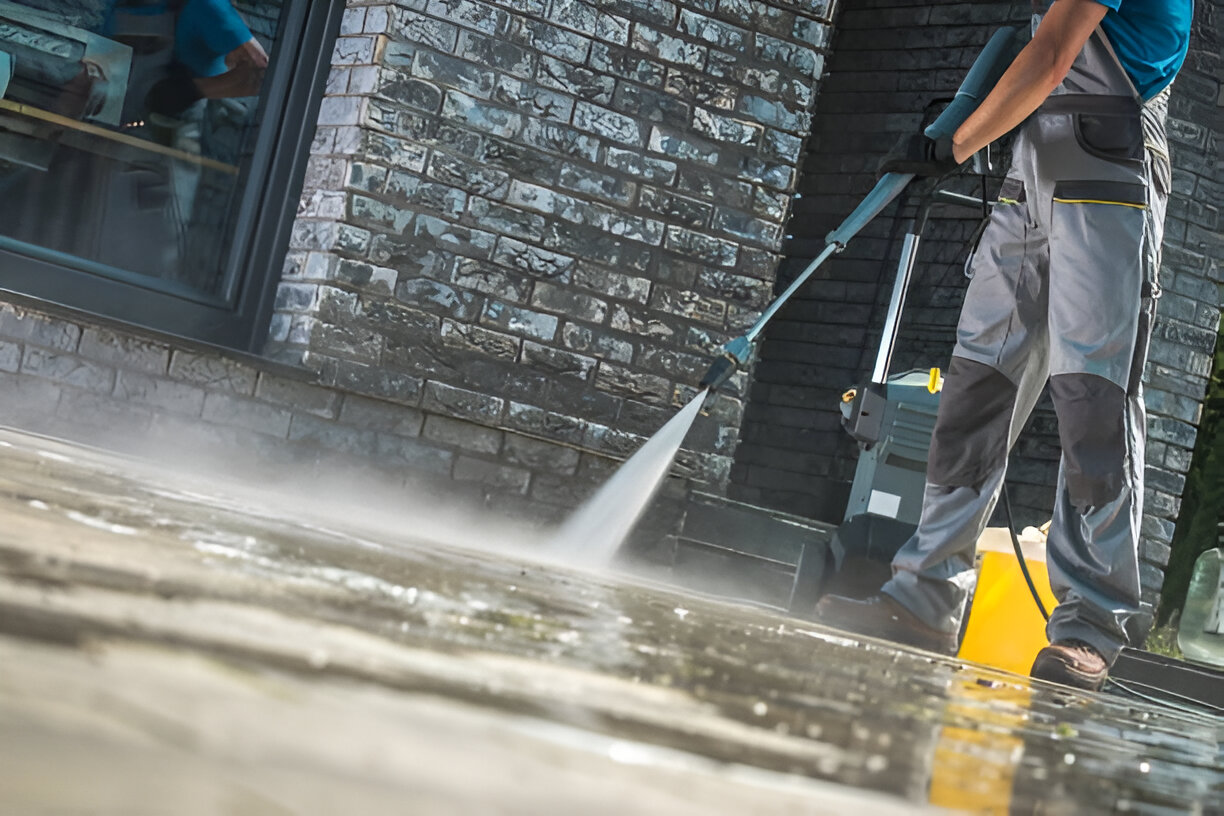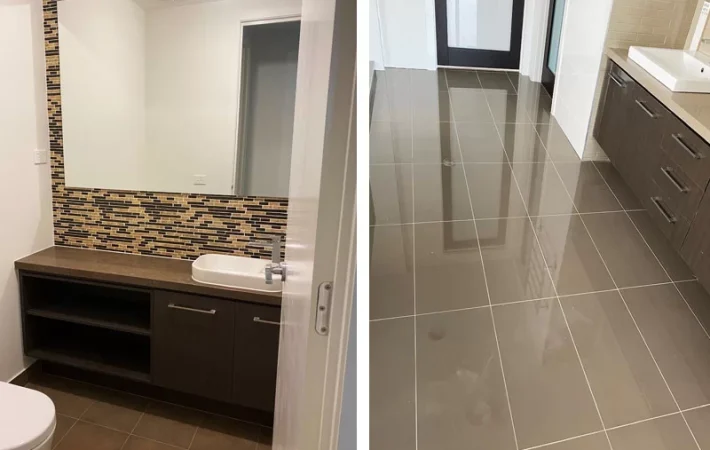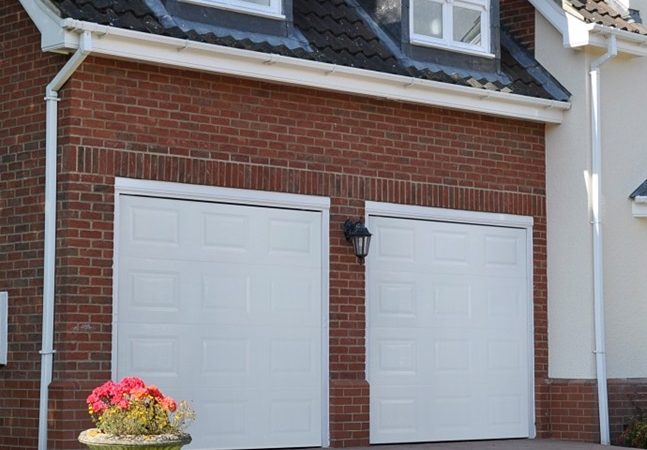Pressure washing is a popular and effective method for cleaning outdoor wooden surfaces. Whether you’re preparing your deck, fence, or other wooden structures for maintenance or improvement, pressure washing can remove dirt, grime, mold, and old finishes. However, after pressure washing, it’s crucial to consider the timing of subsequent steps to ensure the best results. One of the most important considerations is how long you should wait to seal wood after pressure washing. This article will explore the reasons for waiting, factors that influence drying times, and tips for achieving a successful seal.
Why Waiting Is Important
Sealing wood after pressure washing is essential for protecting it from the elements and extending its lifespan. A good sealant acts as a barrier, preventing moisture from penetrating the wood and protecting it from UV damage, mold, and other environmental factors. However, applying a sealant to wood that hasn’t dried properly can lead to a host of problems:
- Trapped Moisture: If the wood is still damp, sealing it too soon can trap moisture inside, leading to issues such as peeling, blistering, and mold growth.
- Poor Adhesion: Sealants require a clean, dry surface to adhere properly. Moisture can interfere with the sealant’s ability to bond to the wood, reducing its effectiveness and longevity.
- Uneven Finish: Applying sealant to wet wood can result in an uneven finish, as the sealant may not penetrate the wood uniformly or may cause streaking and blotching.
Factors Influencing Drying Time
The time required for wood to dry after pressure washing depends on several factors:
- Wood Type: Different types of wood absorb and release moisture at different rates. Hardwoods like oak or maple tend to dry more slowly than softwoods like pine or cedar.
- Weather Conditions: Temperature, humidity, and airflow significantly affect drying times. Warm, sunny, and breezy conditions promote faster drying, while cool, humid, or rainy weather can extend the drying period.
- Wood Condition: Wood that has been previously treated or painted may retain moisture differently than untreated wood. Additionally, wood with a dense grain may take longer to dry.
- Pressure Washing Intensity: The force and temperature of the water used during pressure washing can impact drying time. Higher pressures and hotter water can lead to greater moisture penetration, requiring more time to dry.
General Guidelines for Drying Times
While specific drying times can vary, a general rule of thumb is to wait at least 24 to 48 hours after pressure washing before applying a sealant. However, this is just a starting point. To ensure that the wood is adequately dry, you should consider the following:
- Check Moisture Content: Use a moisture meter to measure the moisture content of the wood. Most sealants require a moisture level of 15% or lower for optimal application. If the moisture content is still above this level, you’ll need to wait longer.
- Perform a Water Test: Sprinkle a few drops of water on the surface of the wood. If the water beads up and remains on the surface, the wood is still too wet to seal. If the water is absorbed into the wood, it is likely dry enough to proceed with sealing.
- Monitor Weather Conditions: If you experience unexpected rain or high humidity, it may prolong the drying time. In such cases, you may need to wait longer before sealing.
Tips for Successful Sealing
Once you have determined that the wood is sufficiently dry, follow these tips to achieve the best results when sealing:
- Choose the Right Sealant: Select a sealant appropriate for the type of wood and the conditions it will face. Options include oil-based, water-based, and penetrating sealers. Each type has its benefits and is suitable for different applications.
- Prepare the Surface: Ensure that the wood surface is clean and free from debris, dirt, or old finish residues. Any contaminants can interfere with the sealant’s performance. Lightly sanding the wood before sealing can also improve adhesion.
- Apply Sealant Evenly: Use a brush, roller, or sprayer to apply the sealant evenly across the wood surface. Follow the manufacturer’s instructions for application and drying times between coats if multiple layers are recommended.
- Protect from Elements: After applying the sealant, avoid exposing the wood to rain, heavy dew, or high humidity for the recommended curing period. This helps ensure that the sealant cures properly and forms a strong protective layer.
Conclusion
Pressure washing is an effective way to clean wood surfaces before sealing, but the timing of your sealing application is crucial to achieving optimal results. Waiting for the wood to dry completely is essential to avoid problems such as trapped moisture, poor adhesion, and uneven finishes. By considering factors such as wood type, weather conditions, and moisture content, and by following proper sealing techniques, you can ensure that your wood surfaces are well-protected and maintain their appearance and durability for years to come.







Leave a comment
Your email address will not be published. Required fields are marked *